The average person spends 90,000 hours at work in a lifetime. With the workplace playing a crucial role in shaping mental health and overall well-being, companies that fail to prioritize employee well-being will be left with disengaged and burnt-out employees, costing them up to $5 million per year in lost productivity. When employees dedicate a significant portion of their time to an organization, it’s only fair that organizations prioritize their well-being. And if empathy isn’t enough reason, perhaps the cost of ignoring it should be.
Feeling lost in a world of uncertainties
It’s not uncommon for employees to feel disengaged from the workplace, its broader vision, or its goals. This sense of disconnection can stem from various reasons, including unclear job expectations, lack of communication from leadership, or simply not understanding how one’s contributions fit into the larger picture.
On top of that, employees are also constantly adjusting to new realities every day — layoffs, new technologies, apprehensions about job displacement, shifting priorities and responsibilities, and the list goes on. These ongoing disruptions amidst day-to-day tasks can leave them feeling overwhelmed, uncertain, and isolated. Especially for those in remote or hybrid roles, the challenge can feel even more intense in the absence of tangible connection, real-time feedback, or informal support that typically comes from in-person interactions.
Identifying microstressors
Companies don’t always have to reinvent the wheel. Well, not at least when it comes to treating their employees right. Before adding a new yoga program to the mix, it might help to look around a bit to figure out something you can take off employees’ plates. What’s stressing them out? Are you overlooking something that they would be better off without? Can you nip microstressors in the bud before they add up?
Microstressors at the workplace can include anything from unclear communication from a manager and last-minute meeting requests to constant email pings demanding urgent attention and minor conflicts with colleagues. As the term suggests, they are seemingly small or insignificant things and might be manageable individually. But they accumulate over time and could lead to people cracking under pressure. Microstressors fester frustration with frequency, thereby draining mental energy, reducing focus, and contributing to burnout if not addressed. You never know when someone is one “can you please give me a call ASAP?” text away from a breakdown.
Open, honest communication is one of the most effective tools for identifying and reducing microstressors before they escalate. In fact, employees who feel well-supported by their manager are nearly 70% less likely to experience frequent burnout. It’s important that employees feel safe enough to voice their concerns without the fear of being judged as weak or incompetent. Encouraging conversations about day-to-day challenges during regular check-ins offers employers a window to catch early signs of strain within teams and course correct before it’s too late. Beyond facilitating uninterrupted productivity, it’s about creating a work culture where employees aren’t left wanting for psychological safety.
But listening alone isn’t enough. Once a particular problem area is brought to light, organizations need to respond with intention. Whether it’s reworking team workflows to reduce unnecessary urgency, setting clearer expectations around availability, or even reviewing which meetings are truly necessary. Simple operational changes like introducing “no meeting” focus hours, for instance, can make a real difference. It’s also worth evaluating internal processes to identify recurring pain points. Is a specific tool causing more confusion than clarity? Are approval processes slowing things down? When employees can see their feedback translated into action, it reinforces trust and accountability on both sides.
What can leadership do?
Policies alone cannot shoulder the weight of building a strong company culture; it takes presence, recognition, and meaningful interaction. Too often, for many employees, leaders are just faces that appear during town hall meetings or names on company-wide emails. For culture to feel real, leadership needs to be visible in more than just formal settings, extending into everyday conversations, mentorship, and support.
Organizations can get creative with this. A quick personal note acknowledging a job well done, or a shoutout during a meeting for someone’s behind-the-scenes effort, reinforces that contributions are noticed and appreciated. Informal sessions where employees can bring questions or ideas directly to leadership can not only help break down perceived barriers but also boost employee engagement. Even something as simple as joining a product demo or taking the time to learn a team’s workflow shows genuine interest and commitment. But more importantly, it helps leaders stay grounded in the reality of day-to-day work — something that’s often missing when decisions are made from a distance.
When leaders directly engage with teams, they gain insight into the reality of challenges, constraints, and strengths of the people their policies affect. This first-hand understanding enables more realistic goal-setting, better-informed strategies, and clearer communication around expectations. In turn, employees are more likely to trust those expectations and feel confident in meeting them, as they come from a place of genuine understanding and commitment. When leaders are accessible, engaged, and invested in their people, culture becomes something people can experience every day rather than being an abstract idea.
Preserving what makes us human
Innovation and creativity cannot thrive in a burnout-inducing work environment, as employees switch to survival mode, leaving little motivation to go above and beyond. When exhaustion sets in, people shift from contributing their best to doing only what’s strictly necessary — a coping mechanism, if you will. Human creativity, compassion, and ingenuity are powerful differentiators in a world saturated by technology. That’s why preserving employee well-being isn’t just a moral checkbox; it’s about protecting the very spark that drives innovation and competitive advantage.
It might take a thorough rewiring of corporate culture to dethrone the norm of overwork and reinstate a human-centered approach, where individuals can channel their brainpower to not just tick off tasks but bring a little bit of themselves to the work that they do.







